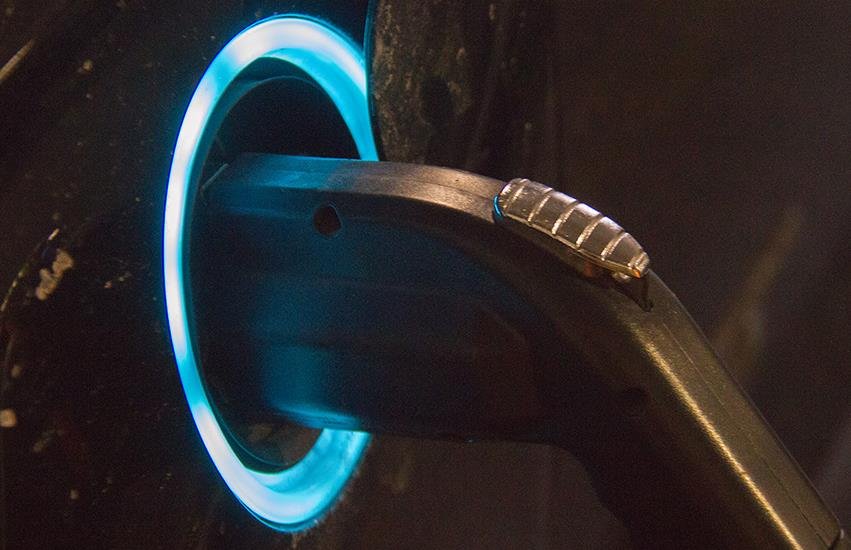Electric vehicles (EVs) are becoming more popular as a way to reduce greenhouse gas emissions and save money on fuel. However, EV drivers may face some challenges in cold weather, especially when it comes to maintaining their battery range and charging efficiency. Here are some tips and facts to help you understand why EVs struggle in cold weather and how you can cope with it.
EVs run on batteries that store electricity from the grid or from renewable sources like solar panels. These batteries contain lithium ions that move from the negative electrode (anode) to the positive electrode (cathode) to create an electric current. When the temperature drops, the flow of these ions slows down, reducing the battery’s ability to power the vehicle.

According to AAA researchers, fully electric vehicles typically lose an average of 41% of their range when outdoor temperatures drop to 20 degrees Fahrenheit and the heat’s cranked on. This means that an EV that normally has a range of 200 miles may only have 82 miles left after driving for an hour in sub-zero conditions.
Another factor that affects battery performance in cold weather is the use of heating systems. Most EVs have resistive heaters that generate heat by passing electricity through metal wires. These heaters consume a lot of power and can drain the battery faster than necessary. Some newer EVs have heat pumps that use electricity to move heat from one place to another, but they still require some energy input.
How can you extend your EV range in cold weather?
There are some ways you can improve your EV’s efficiency and reduce its dependence on heating systems in cold weather. Here are some suggestions:
- Plan ahead: Check your battery level before you start your trip and make sure you have enough charge for your destination. You can use apps or websites that show real-time charging stations near you or along your route.
- Warm up while plugged in: If possible, plug your car into a charging station while it is still warm inside. This will allow you to warm up your cabin without using too much battery power.
- Use accessories wisely: Avoid using accessories like seat heaters, fans, or air conditioners unless they are essential for comfort or safety. They will consume more energy than necessary and reduce your range.
- Drive smoothly: Accelerate and decelerate slowly when driving in cold weather. This will help conserve battery power and prevent unnecessary wear and tear on your brakes.
- Park smartly: Park your car in a garage or under a cover if possible. This will protect it from extreme temperatures and snow accumulation that can damage its components.
What does this mean for Ford’s production plans?
Ford is one of the leading automakers in producing electric vehicles, with models like the Mustang Mach-E, the F-150 Lightning, and the E-Transit. However, Ford has recently announced that it will reduce its production of electric vehicles by 50% due to supply chain issues caused by chip shortages. This decision may be influenced by Ford’s recognition of the challenges faced by EV drivers in cold weather.
Ford said that it expects demand for its electric vehicles to increase as more people switch to cleaner transportation options. However, Ford also said that it needs more time to ramp up its production capacity and meet customer expectations. Ford did not specify how much of its production reduction will affect its electric vehicle models or when it will resume normal operations.
Electric vehicles are becoming more popular as a way to reduce greenhouse gas emissions and save money on fuel. However, EV drivers may face some challenges in cold weather, especially when it comes to maintaining their battery range and charging efficiency. By following some tips and facts from this article, you can cope with these challenges better and enjoy driving your EV all year round.
